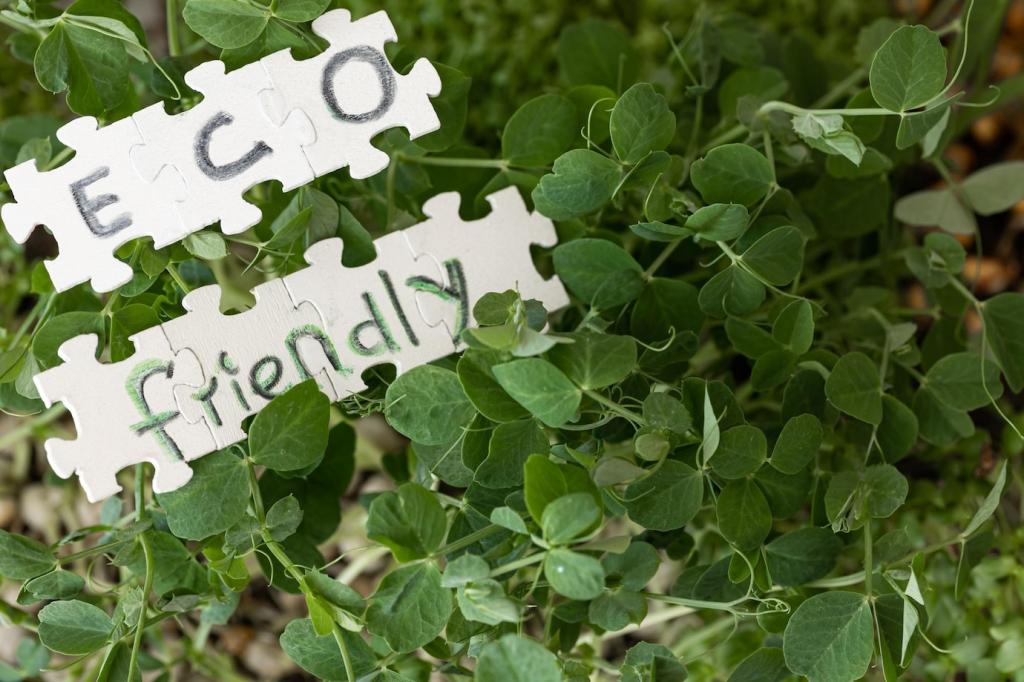Repair, Pilling Control, and Protective Care
Reinforce elbows, darn heels, and patch knees before holes grow. Visible mending celebrates uniqueness with contrasting thread and creative motifs. Revive a cherished sweater and post a photo—your repair might inspire another reader to save their own beloved piece today.
Repair, Pilling Control, and Protective Care
Use a fabric comb or gentle shaver to remove pills, then prevent recurrence by washing knits inside out on delicate. A mesh bag reduces abrasion in the drum. If you’ve restored a fuzzy cardigan to glory, tell us which tool and technique worked best.




